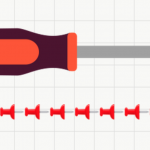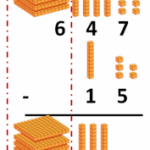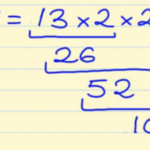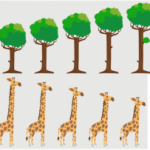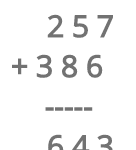Jul12
Learn How to Calculate Factorials
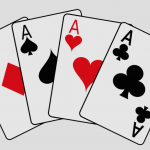
Today we are going to learn how to calculate factorials. Calculating factorials is quite simple; let’s see what it’s all about: What is the Factorial Function? We represent the factorial function with the exclamation point “!”, placing it after the number. This exclamation means that we need to multiply all of the whole numbers that […]
Continue reading »


